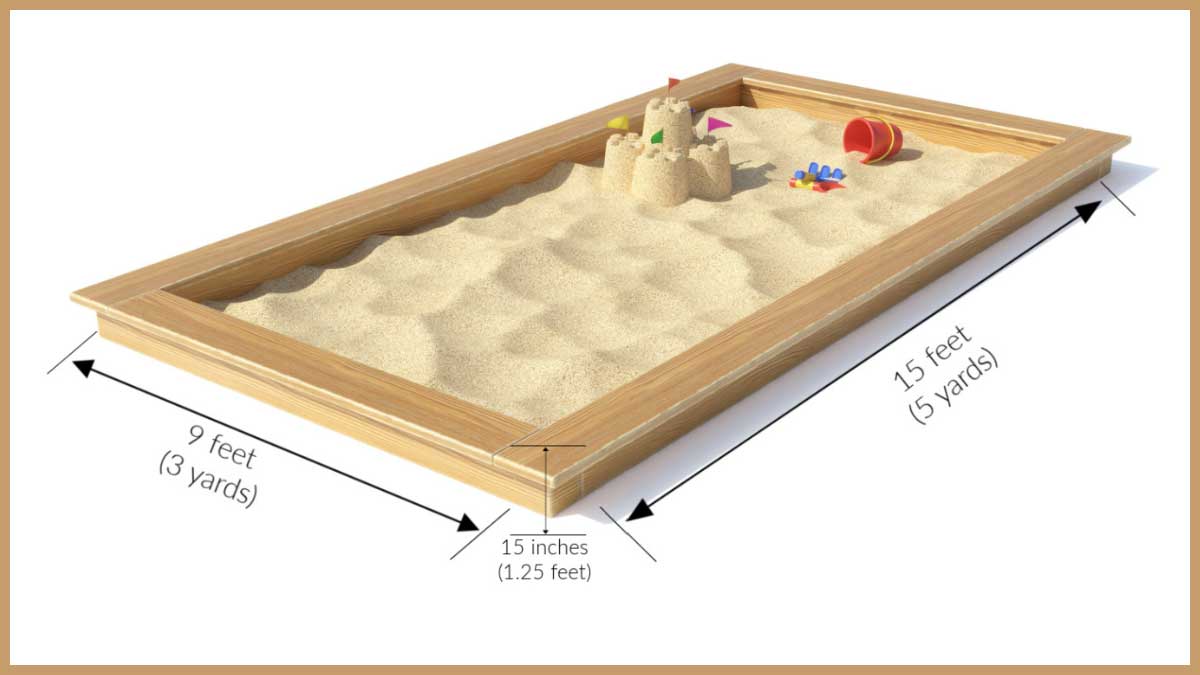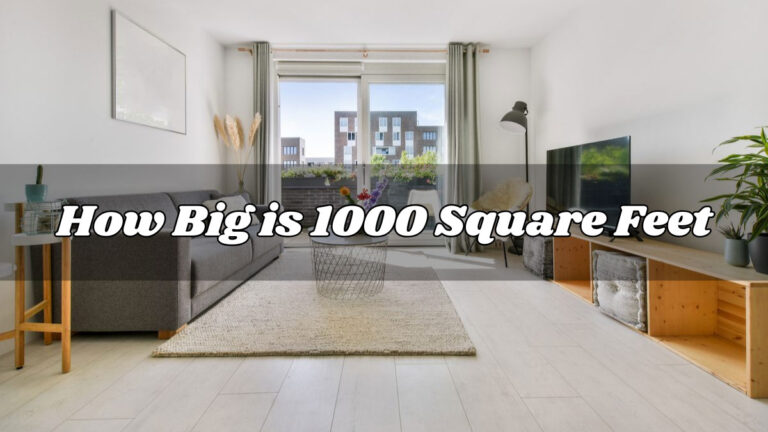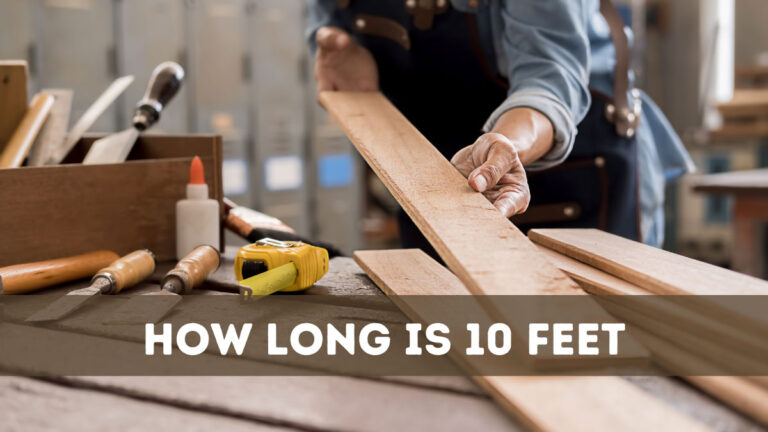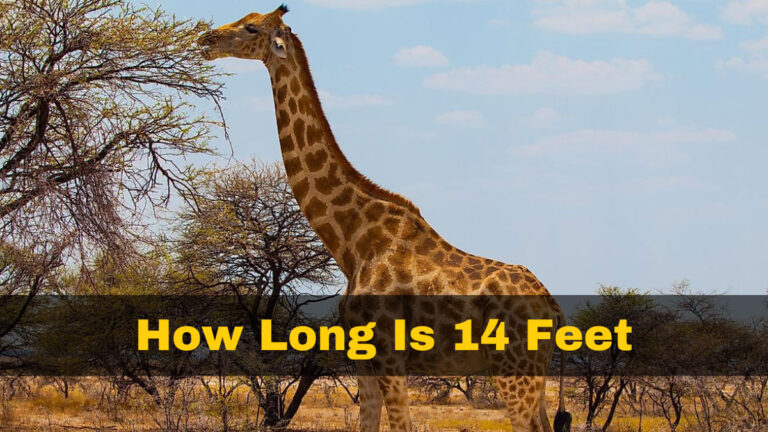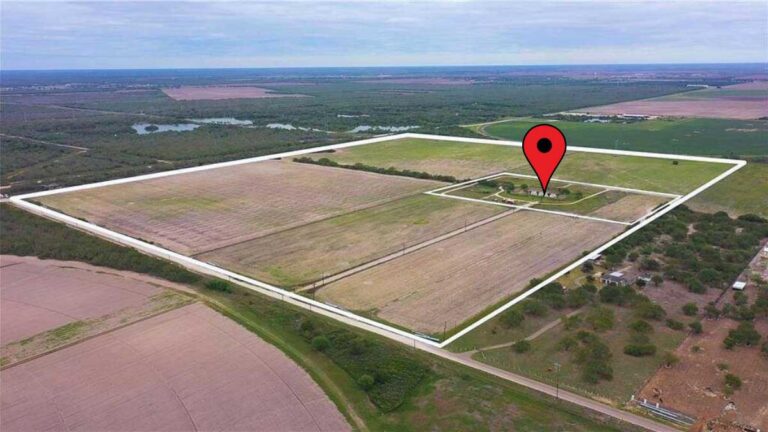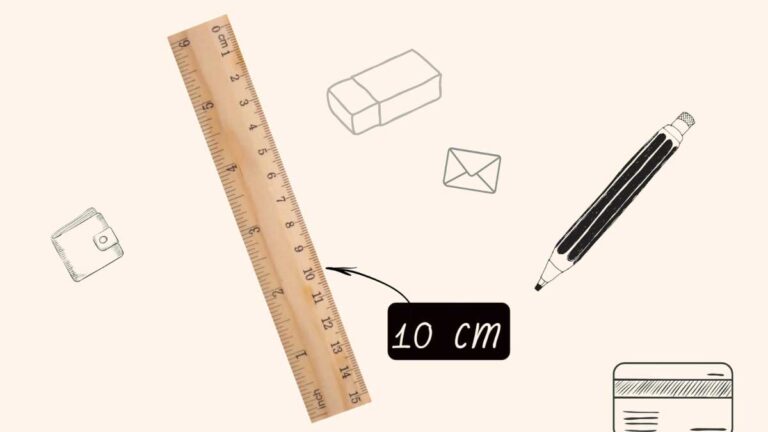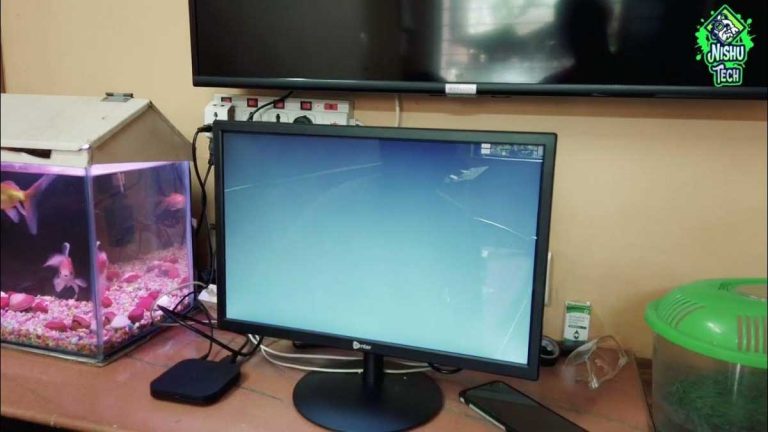How Big Is 10 Cubic Feet: Visualize Spaces and Objects
Ever wondered just how big 10 cubic feet really is? Whether you’re planning a home project, shipping goods, or selecting appliances, understanding this measurement can save you time and hassle. Picture a space where each side measures a foot, then imagine ten of those stacked together. That’s the volume you’re dealing with.
To put it into perspective, 10 cubic feet equals 17,280 cubic inches. This conversion is crucial when you’re working with different units or trying to visualize the space in more relatable terms. For practical applications, think of it as the inside of a small refrigerator or a compact storage unit.
Knowing how to calculate and visualize cubic feet helps in various scenarios, from packing and shipping to home renovations. By mastering this concept, you’ll be better equipped to handle tasks that require precise volume measurements, ensuring accuracy and efficiency in your projects.
Key Takeaways
- Understanding 10 Cubic Feet: 10 cubic feet is equivalent to 17,280 cubic inches, which helps in visualizing this volume for applications like storage and shipping.
- Real-World Examples: This measurement corresponds to the size of a small refrigerator or can cover a 50 square foot area with a 2-inch depth of mulch or soil, useful in home and gardening contexts.
- Conversion Essentials: Knowing how to convert between various units like cubic inches, yards, and metric measures is critical for practical applications, ensuring efficiency in projects from local to international scales.
- Visualizing Volumes: Imagining 10 cubic feet as a cube with sides of approximately 2.154 feet helps relate this space to everyday objects such as a handful of microwave ovens, enhancing comprehension.
- Practical Applications: Whether for determining appliance capacity, landscaping projects, or shipping dimensions, understanding and calculating cubic feet aids in accurately planning and executing tasks.
Understanding Cubic Feet
Cubic feet describe a unit of volume, significant in various everyday and industrial applications. This measurement involves calculating the length, width, and height of a space, all in feet. The formula used is:
Volume = Length × Width × Height
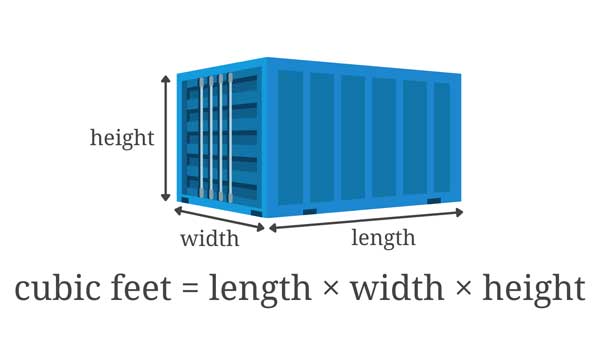
Conversion and Comparisons
Understanding 10 cubic feet is crucial, as it equals 17,280 cubic inches. This conversion is helpful when transitioning between different units. A cubic yard comprises 27 cubic feet, so 10 cubic feet is less than half that size at approximately 0.37 cubic yards. These conversions help visualize and relate cubic feet to more commonly known dimensions.
Real-World Examples
Visualizing 10 cubic feet aids in comprehension. Imagine a cube with each side measuring approximately 2.154 feet. This space accommodates various objects, making the understanding of cubic feet applicable in tasks like arranging items in storage or estimating the capacity of home appliances.
Applications in Daily Life
Cubic feet are often used in the United States for determining storage capacity and shipping dimensions. This helps in landscaping, packaging, and even when purchasing appliances like refrigerators where capacity is a deciding factor. With increasing global connections, comprehending and efficiently converting these measurements plays a vital role in international logistics and trade.
How to Calculate Cubic Feet
Calculating cubic feet involves determining the volume of a space using its dimensions in feet. This method is essential for various applications, from home projects to international trade.
Using Dimensions in Feet
To calculate volume in cubic feet, measure the object’s length, width, and height in feet. Multiply these three dimensions together to obtain the volume. For instance, if a container measures 2 feet long, 2 feet wide, and 2.5 feet high, the volume is (2 \times 2 \times 2.5 = 10 \text{ cubic feet}). This straightforward formula is crucial for estimating storage spaces, shipping requirements, and more.
Converting from Inches to Feet
When dimensions are recorded in inches, conversion to feet is necessary. Divide each measurement in inches by 12 to get the dimensions in feet. For example, a box measuring 24 inches by 24 inches by 30 inches converts to 2 feet by 2 feet by 2.5 feet. After conversion, apply the volume calculation method to find the cubic feet.
Converting from Meters to Feet
Converting from meters to feet involves multiplying the dimensions in meters by 3.281. Consider a room that is 0.6 meters long, 0.6 meters wide, and 0.762 meters high. Convert these to feet as follows: (0.6 \times 3.281 \approx 1.969) feet, (0.6 \times 3.281 \approx 1.969) feet, and (0.762 \times 3.281 \approx 2.5) feet. Now, calculate the cubic feet using the converted measurements.
Converting from Yards to Feet
Dimensions in yards must be multiplied by 3 to convert to feet. For a space measuring 0.667 yards by 0.667 yards by 0.8333 yards, this translates to 2 feet by 2 feet by 2.5 feet. Once converted, use the standard formula to find cubic feet. This conversion is often used in the construction and landscaping sectors.
These conversions and calculations make it possible to understand and utilize measurements effectively in real-world scenarios, ensuring precision in planning and executing projects.
Examples of 10 Cubic Feet
Understanding the size of 10 cubic feet can help you in various everyday situations. It’s about visualizing the volume to relate it to real objects and practical uses.
Real World Comparisons
- Appliances: In terms of space, imagine a small refrigerator. Typically, such a refrigerator has an interior volume of around 10-15 cubic feet. This comparison makes 10 cubic feet relatable to common household items.
- Microwave Ovens: Consider that a standard microwave oven’s cooking area is about 1-2 cubic feet. Ten cubic feet would match the volume of roughly five to ten of these ovens.
- Landscaping: When applying mulch or soil, 10 cubic feet can cover a 50 square foot area with a 2-inch depth. This can be a practical reference for gardening or landscaping projects.
- Shipping and Freight: In shipping, cubic feet measurements are crucial. For instance, a box measuring 2 feet by 2 feet by 2.5 feet equates to around 10 cubic feet, guiding you in estimating shipping needs.
- Storage Solutions: Whether choosing a storage unit or organizing a space, understanding 10 cubic feet offers clarity. This volume helps in determining how many items you can store, making project planning more efficient.
Visualizing 10 Cubic Feet
Understanding the scale of 10 cubic feet can be a challenge, but breaking it down into relatable measurements makes it easier. Recognizing both cubic feet and cubic inches offers the most precise view into the space’s volume.
Conversion Insights
Understanding that one cubic foot is 1,728 cubic inches helps in visualizing smaller components packed into these dimensions. Multiplying this by ten gives 17,280 cubic inches for a complete space of 10 cubic feet.
Real-World Dimensions
Visualize 10 cubic feet through practical examples to comprehend its size:
- Storage Box: Consider a box measuring 5 feet long by 2 feet wide and 1 foot high. This setup perfectly encapsulates 10 cubic feet and helps in perceiving such volume as a tangible entity.
- Refrigerator Space: While interior dimensions may vary, a refrigerator typically offers around 10 cubic feet within a setup of approximately 4 feet by 2 feet by 2.5 feet. This showcases how household appliances integrate this measurement.
Common Comparisons
Imagining objects that fit within this space solidifies the concept:
- Microwave Ovens: Envision fitting five to ten standard microwave ovens within 10 cubic feet, providing a clear picture of its capacity.
- Mulch or Soil: In landscaping, covering 50 square feet with a 2-inch layer demonstrates how 10 cubic feet accommodates gardening needs.
Grasping these examples and comparisons aids significantly in understanding and utilizing 10 cubic feet effectively across various applications.
Conclusion
Understanding the concept of 10 cubic feet is crucial for various practical applications in daily life. Whether you’re tackling home projects, selecting appliances, or planning shipping logistics, mastering the calculation and visualization of this volume enhances your efficiency and accuracy. By recognizing how 10 cubic feet relates to familiar objects and spaces, you can make informed decisions and execute tasks with confidence. This knowledge not only aids in personal projects but also proves invaluable in fields like construction, landscaping, and international trade. Embrace the power of cubic measurements to streamline your endeavors and achieve desired results.

